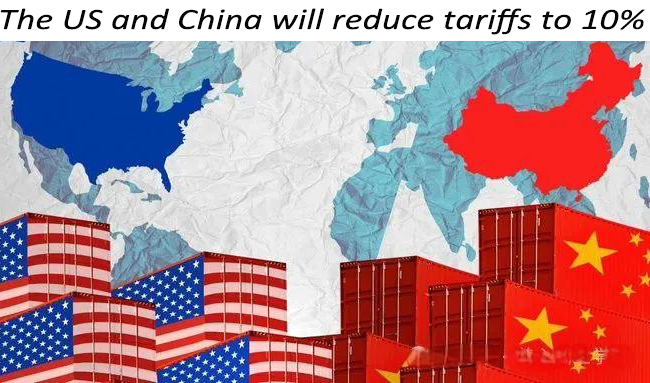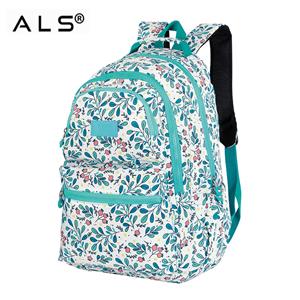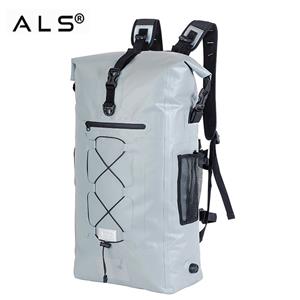The US and China will reduce tariffs to 10% and scrap other trade penalties by May 14, 2025
The recent tariff reduction agreement between the United States and China marks a pivotal moment for global trade, particularly for industries like bag manufacturing that rely heavily on cross-border supply chains. As a supply chain optimization bag manufacturer operating facilities in China and Vietnam, understanding the implications of the US-China trade relations shift is critical to leveraging new opportunities and mitigating risks.
Overview of the US-China Tariff Agreement:Tariff reduction

On May 14, 2025, the US and China finalize a bilateral trade agreement to reduce tariffs and eliminate trade penalties.
This tariff reduction directly benefits industries like bag manufacturing, where raw materials and finished goods often face high customs duties. For companies operating in China and Vietnam, these changes signal reduced export costs and improved access to US markets.
Impact on Bag Manufacturing in China and Vietnam
Vietnam's role as a supply chain optimization destination amplifies post-agreement. Its free trade agreements (e.g., CPTPP, EVFTA) and lower labor costs make it an ideal complement to Chinese operations. For bag manufacturers, this hybrid model enhances resilience and profitability.
Strategies for Bag Manufacturers Post-Tariff Reduction
Conclusion




